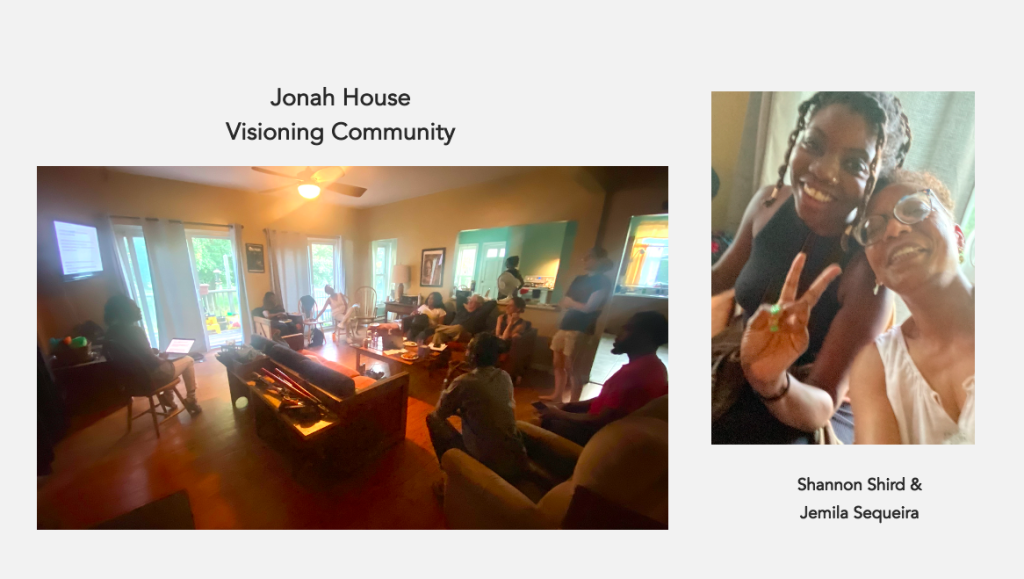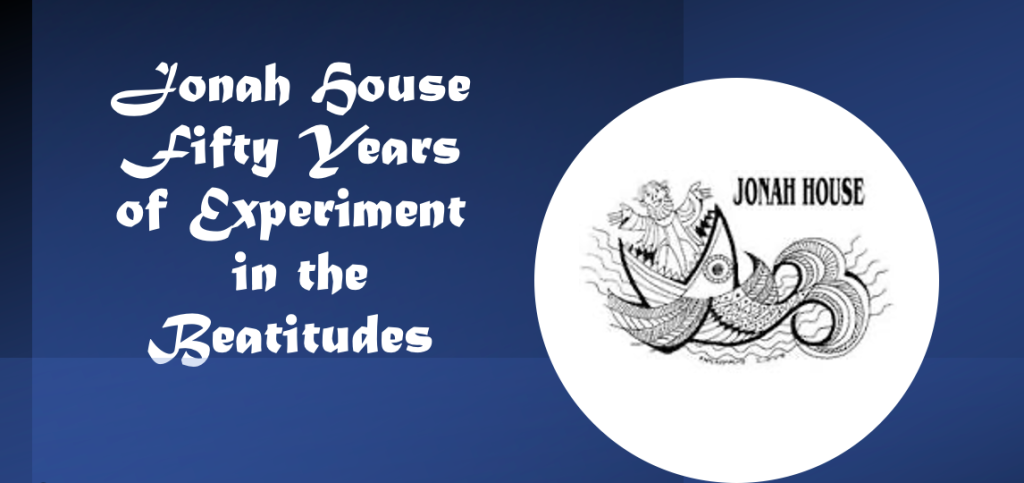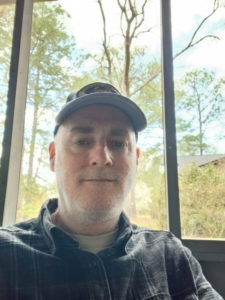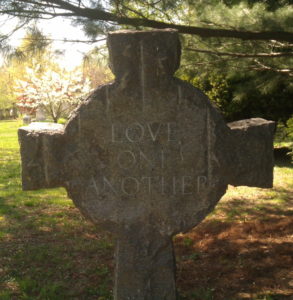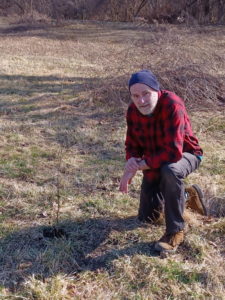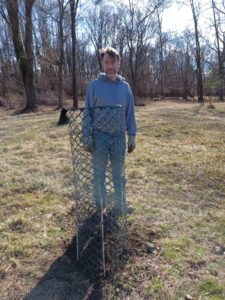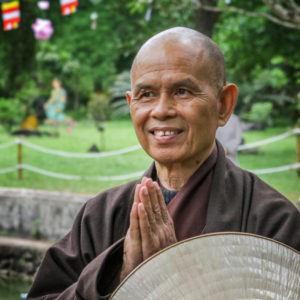In 2023, Jonah House celebrated its 50th anniversary with an incredible turnout for the screening of Devout and Dangerous, a film that honored our rich legacy of peace and social justice. Over the decades, Jonah House has been a steadfast presence in West Baltimore, nurturing a mission rooted in anti-war activism, food justice, and community care.
However, 2023 also brought challenges. After many years, we learned that Jonah House would no longer receive annual financial compensation for our care of St. Peter’s Cemetery. This significant change prompted deep reflection about our mission, vision, and the future of our work. Generous contributions from donors helped stabilize us during this transition period, but it became clear that we needed to reimagine Jonah House’s role in the community.
After thoughtful discussions with residents, the St. Peter’s Cemetery Restoration Fund board, and the Friends of Jonah House, we recognized that our focus had shifted over the years. While anti-nuclear activism was central to our founding, those efforts have naturally slowed as key members have retired. In recent years, Jonah House has been increasingly involved in addressing local needs, such as mentorship through group meetings and partnering or collaborating with local farmers, food organizations, and groups actively working to create a healthy, culturally relevant, and sustainable local food system. These discussions also prioritized preserving the Jonah House legacy by offering the residences a serene environment for reflection, fellowship, and creativity. To not only preserve the legacy of Jonah House, there was overwhelming support for renaming the Jonah House.
Over the past decade, the demographics of the Jonah House community residents have changed to reflect the surrounding neighborhoods. The Jonah House residence is located in West Baltimore, Maryland, one of the predominately African-American households that continue to lack access to affordable, fresh, and culturally relevant foods.
To reflect these changes—and to honor the profound impact of Malcolm X’s legacy in addressing the needs of Black communities—we are proud to announce that Jonah House will become the Jonah Malcolm Community in 2025. This new name acknowledges our evolution and recommits us to serving the predominantly African American neighborhoods of West Baltimore with justice, dignity, and care.
As we move forward, we remain deeply grateful for the decades of support from our friends, donors, and collaborators. Together, we will continue to uphold the spirit of Jonah House while embracing the future.
If you would like to support our work, please do so here.



